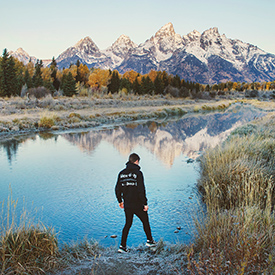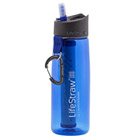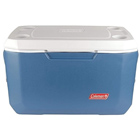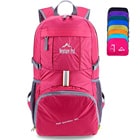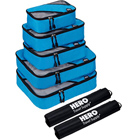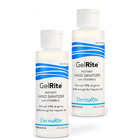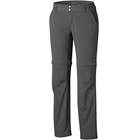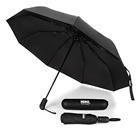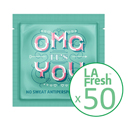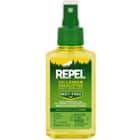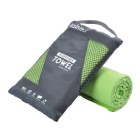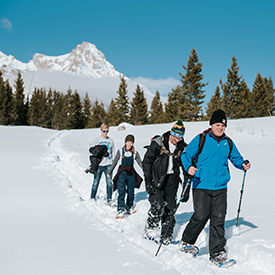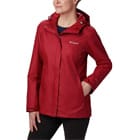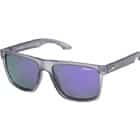SPRING – March, April, May
Springtime in Grand Teton brings below-freezing lows and frequent rain, and highs above 60 aren’t too common. That means long pants, insulated shoes, and warm layers are a must. Don’t forget a rain jacket this time of year, either. Temperatures average between 11°F to 57°F (-12°C to 14°C)
SUMMER – June, July, August
The summer months in the park typically have warm-but-not-too-hot days and chilly nights. Lightweight fabrics, shorts, T-shirts or tank tops, and sandals will be comfortable on most days, but there will probably also be days you’ll need a sweater, jacket, or scarf. And warm clothes for the evenings are a must. Temperatures average between 36°F to 76°F (2°C to 25°C)
FALL – September, October, and November
Fall in Grand Teton is nearly as chilly as the spring, but with less rain. With average lows below freezing (and, by the end of fall, highs below freezing), you’ll need warm clothes if you visit this time of year. Pack things like sweatshirts, long pants, closed shoes, and a scarf. Temperatures average between 14°F to 66°F (19°C to -10°C)
WINTER – December, January, February, and March
Not many people go to Grand Teton in the winter, but those who do are in for a real winter wonderland. However, visiting that time of year means cold weather – highs in the 20s and lows around zero – so warm clothing is critical. Plan on wearing a sweat-wicking base layer, an insulating mid-layer, a warm coat, and good boots. And make sure to bring a hat and gloves as well. Temperatures average between 0°F to 39°F (-18°C to 4°C)
Dressing Appropriately for the Activity – (Click to expand)
Hiking: The many hiking trails are among Grand Teton’s top attractions for most visitors, so make sure to bring the appropriate clothes if you’re planning to hit the trail. A comfortable pair of hiking pants is a must, along with a top made of breathable fabric and some sturdy hiking shoes or boots.
Camping: If you’re camping in the park, it’s especially important to bring clothes that will dry out quickly, so look for lightweight fabrics and clothing that’s specifically formulated to be quick-drying. In addition, warm clothes for the evenings and especially warm pajamas are essential for camping in Grand Teton, even in the summer.
Kayaking & SUP: Grand Teton has plenty of great options for paddling, no matter what your preferred method is Activewear clothing that dries quickly will be the most comfortable, along with a pair of sturdy, snug-fitting water sandals.
Cycling: Another unique way to see the park is on two wheels; just make sure you come prepared for a comfortable ride. The best clothing for riding bikes includes fitted pants or shorts that are at least mid-thigh length, a sweat-wicking top, and a pair of closed shoes – along with a helmet, of course.
Snowshoeing & XC Skiing: The winter months in Grand Teton are cold, so activities like snowshoeing and cross-country skiing require seriously warm clothes. Start with a base layer made from wool or a sweat-wicking synthetic fabric, and wear a sweatshirt or fleece jacket over it. Snow pants, a warm coat, and insulated boots are also vital, as well as a hat and gloves.




